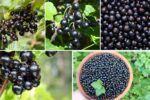When it comes to summer fruits, few are as universally loved as the watermelon. Its crisp, sweet, and juicy flesh makes it the perfect refresher during hot days, while its striking pink-red color and iconic green rind have made it a favorite at picnics, parties, and family gatherings for generations.
But have you ever wondered where most of the world’s watermelons come from? Which nation cultivates these giant, thirst-quenching fruits in the greatest quantity?
The answer is both impressive and unsurprising: China is the largest watermelon producer in the world. With an annual output that dwarfs all other countries combined, China has firmly established itself as the undisputed leader in watermelon farming.
In this comprehensive article, we’ll explore the reasons behind China’s dominance, examine other major producers, and dive into the fascinating history, varieties, and health benefits of this beloved fruit.
A Brief History of Watermelons
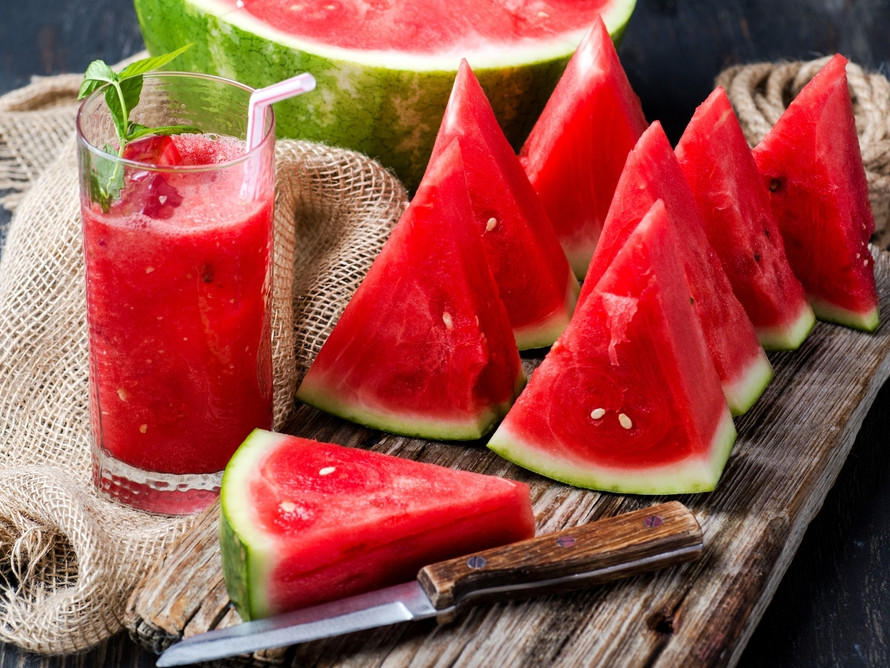
Watermelons (Citrullus lanatus) have a rich and ancient history that traces back to Africa, particularly the Kalahari Desert region. The earliest recorded evidence of watermelon cultivation dates back to around 5000 years ago in Egypt, where watermelons were depicted in hieroglyphics and even placed in the tombs of pharaohs for their afterlife journeys.
Over the centuries, watermelon spread across the Mediterranean, into Europe, and eventually reached Asia and the Americas through trade and exploration.
Today, watermelon is grown on every continent except Antarctica, with its juicy, hydrating flesh enjoyed by billions of people.
Why Are Watermelons So Popular?
Watermelons are much more than just a delicious treat. They’re valued worldwide for their:
- High water content (about 92%), making them incredibly hydrating.
- Natural sweetness, with both seeded and seedless varieties.
- Rich source of vitamins like Vitamin C, A, B6, and antioxidants such as lycopene.
- Versatile culinary uses in smoothies, salads, juices, desserts, and grilled dishes.
- Low calorie and fat content, making them an excellent choice for weight management and health-conscious diets.
Their vibrant color, satisfying crunch, and refreshing flavor have secured watermelons a permanent place in summer menus worldwide.
Global Watermelon Production: The Numbers
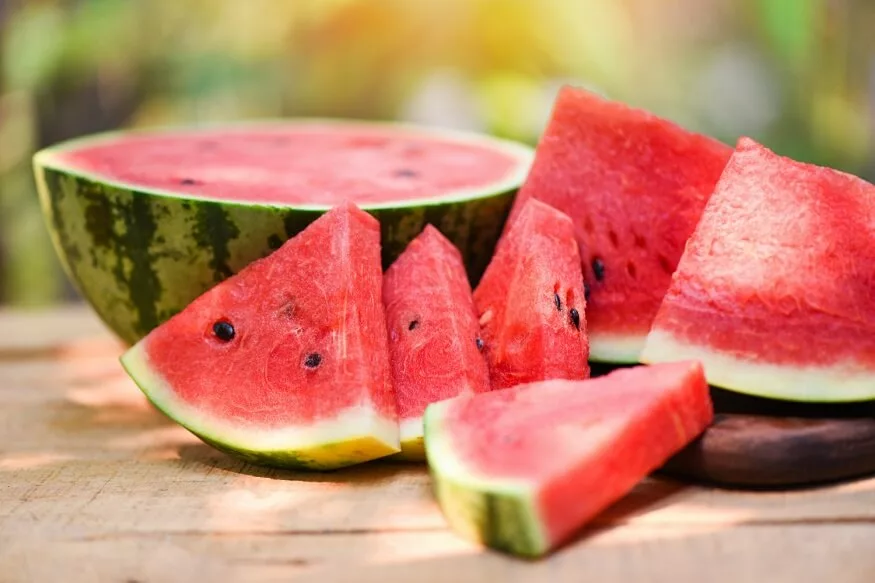
Watermelons are one of the most widely grown fruits globally, with millions of metric tons harvested annually. According to the latest FAO (Food and Agriculture Organization) data:
Top Watermelon Producing Countries (Approximate Annual Production)
| Rank | Country | Production (Metric Tons) |
|---|---|---|
| 1 | China | Over 60 million |
| 2 | Turkey | 3.5 million |
| 3 | India | 2.6 million |
| 4 | Iran | 2.4 million |
| 5 | Algeria | 2 million |
As you can see, China produces over 60% of the world’s total watermelons, a number that places it miles ahead of every other producing country.
Why Is China the Largest Watermelon Producer?
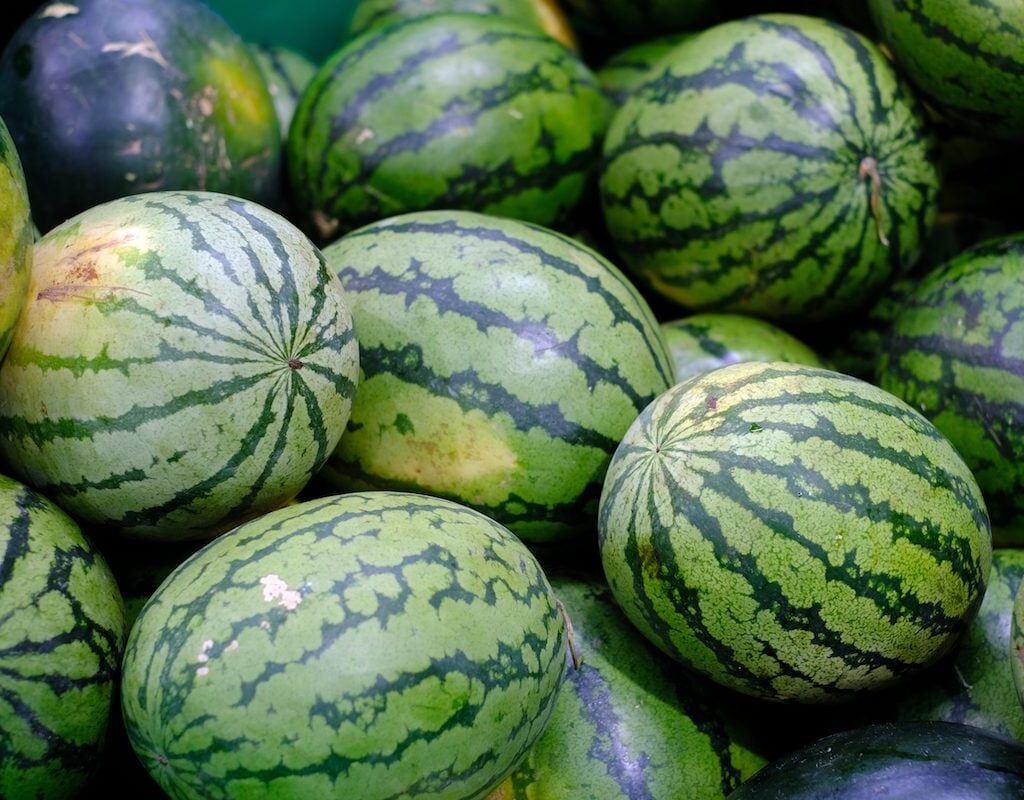
China’s unmatched watermelon output is no accident. Several factors contribute to the country’s dominance in the watermelon market:
1. Ideal Climate and Geography
China’s vast and varied landscape offers ideal growing conditions for watermelons:
- Warm, sunny summers essential for ripening.
- Well-drained, fertile soils rich in organic content.
- Extensive plains and agricultural zones in provinces like Henan, Shandong, Hebei, and Xinjiang are dedicated to watermelon cultivation.
2. Massive Domestic Demand
With a population of over 1.4 billion, domestic consumption alone is enough to justify high production levels. Watermelons are a staple during China’s hot summers, sold in markets, roadside stands, and supermarkets, and commonly gifted during family visits.
3. Advanced Agricultural Practices
Chinese farmers have adopted:
- High-yield hybrid watermelon varieties
- Greenhouse cultivation techniques for off-season production
- Drip irrigation systems to conserve water
- Modern pest management and fertilization methods
These innovations have significantly increased per-acre yields.
4. Export and Trade
Although most of China’s watermelons are consumed domestically, the country also exports to neighboring Asian nations and other global markets, contributing to its agricultural economy.
Watermelon Production in Other Leading Countries
Turkey
The second-largest producer globally, Turkey grows watermelons primarily in Adana, Antalya, and Mersin regions. Turkish watermelons are famous for their size, sweetness, and quality.
India
Watermelons thrive in India’s tropical and subtropical regions, especially during the scorching summer months. States like Karnataka, Tamil Nadu, Maharashtra, and Andhra Pradesh lead in production.
Iran
Iran produces watermelons both for domestic consumption and export to neighboring countries like Iraq and the UAE.
Algeria
Algeria has rapidly increased watermelon production, thanks to irrigation projects and agricultural development programs.
Popular Watermelon Varieties
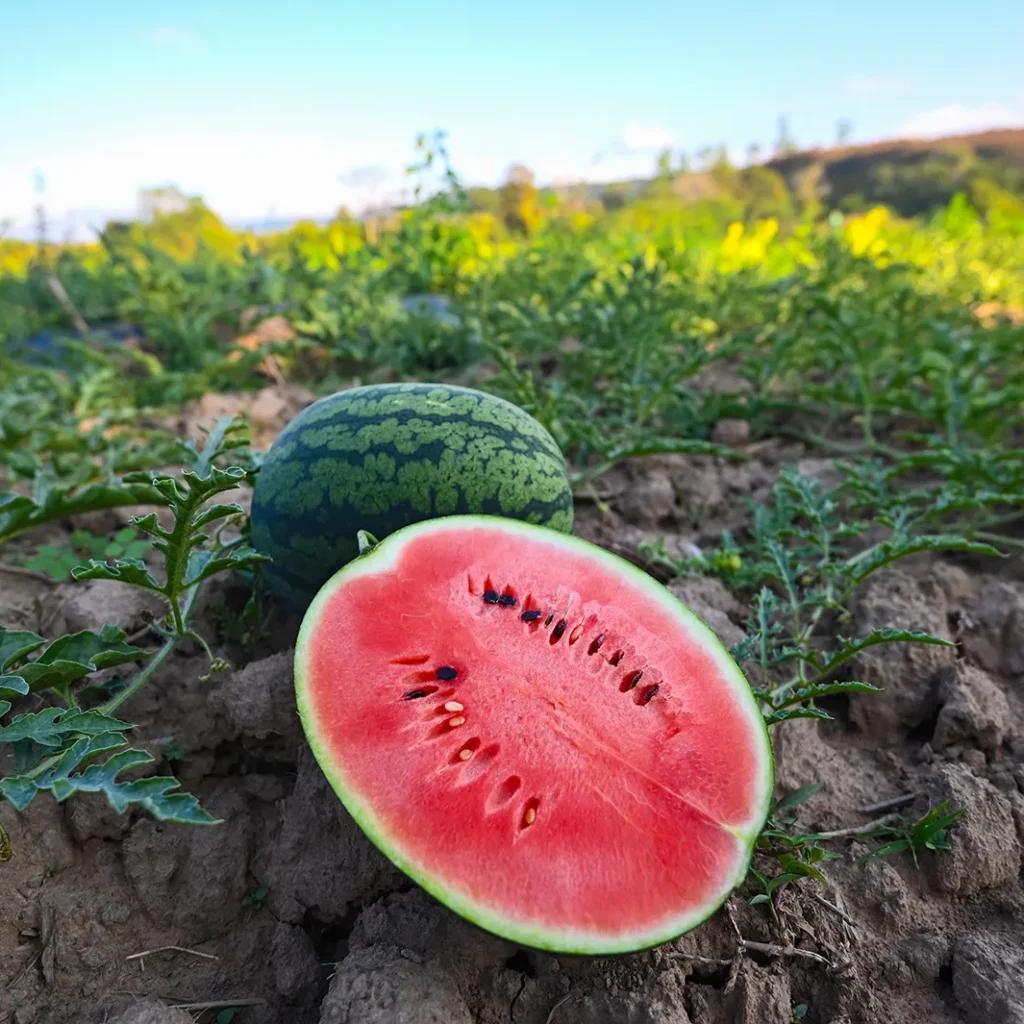
Watermelons come in numerous varieties, each with its unique shape, size, color, and flavor. Some of the most popular include:
- Sugar Baby: Small, round, very sweet.
- Crimson Sweet: Large, with bright red flesh and striped green rind.
- Charleston Gray: Oblong, light green rind, firm red flesh.
- Yellow Doll: Small, yellow-fleshed variety.
- Seedless Watermelons: Developed for convenience, with the same sweetness but no mature black seeds.
China cultivates a mix of local varieties and modern hybrids designed for higher yields, sweeter taste, and disease resistance.
Health Benefits of Watermelon
Aside from its refreshing taste, watermelon offers several impressive health benefits:
- Hydration: With 92% water content, it’s a natural way to stay hydrated.
- Heart Health: Rich in lycopene, known to reduce heart disease risk.
- Weight Loss Friendly: Low in calories and high in fiber.
- Muscle Recovery: Contains amino acids like citrulline that may reduce muscle soreness.
- Skin and Eye Health: Packed with Vitamin A and Vitamin C.
Challenges Facing the Global Watermelon Industry
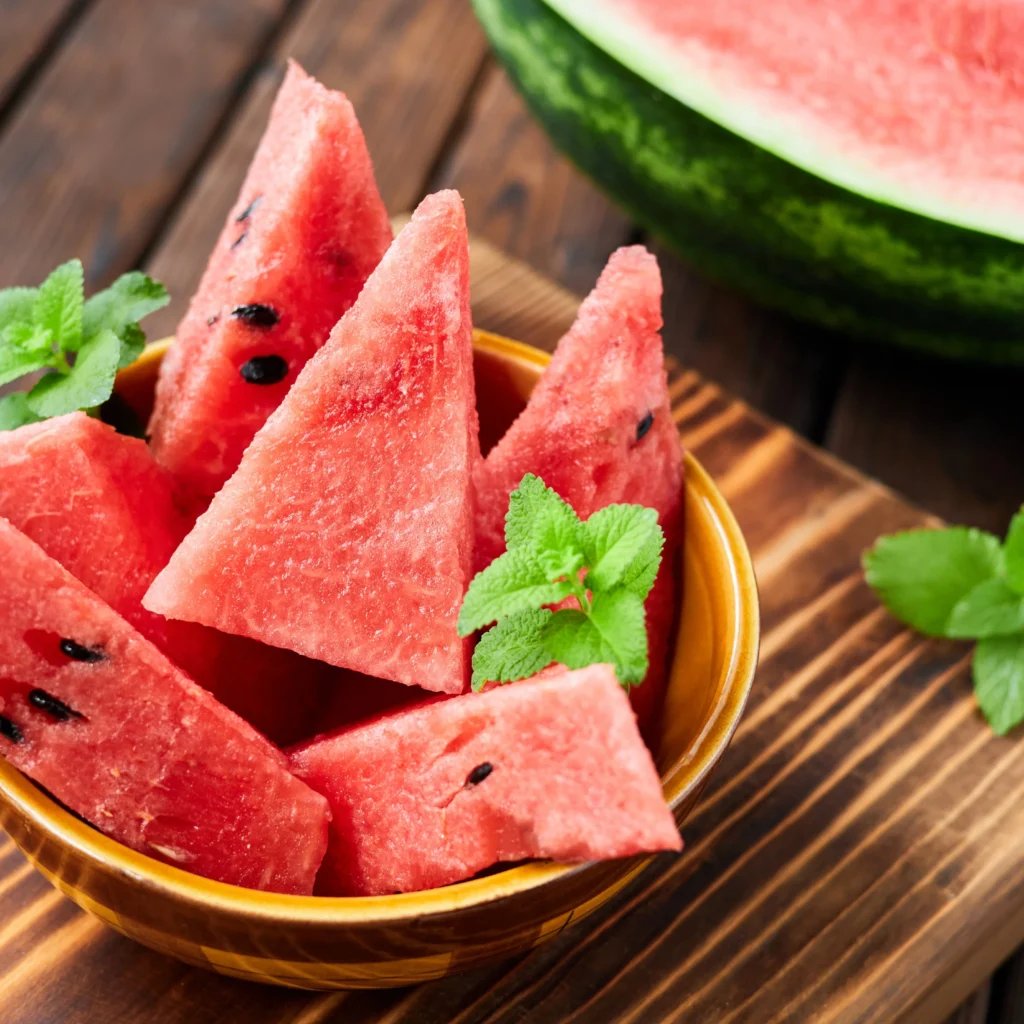
Like many agricultural sectors, watermelon farming faces its share of challenges:
- Climate Change: Erratic weather, droughts, and floods affect yields and quality.
- Water Scarcity: Watermelons require significant irrigation.
- Pests and Diseases: Viral and fungal infections like fusarium wilt threaten crops.
- Post-Harvest Losses: Watermelons are perishable and require careful handling and storage.
Countries like China are investing in sustainable farming practices, improved storage technology, and crop research to overcome these obstacles.
Watermelon Festivals Around the World
Given its popularity, it’s no surprise that watermelons are celebrated in festivals worldwide:
- Luling Watermelon Thump (USA): Held in Texas, featuring seed-spitting contests and watermelon-themed events.
- China’s Daxing Watermelon Festival: A grand event in Beijing showcasing local varieties, carving competitions, and tastings.
- Turkish Watermelon Festival in Diyarbakır: Celebrating the region’s giant watermelons, sometimes weighing over 50 kg!
Final Thoughts
In conclusion, China stands as the largest watermelon producer in the world, accounting for over 60% of global output. Thanks to ideal climate conditions, high domestic demand, modern agricultural practices, and government support, China has built a thriving watermelon industry that not only feeds its massive population but also supplies neighboring markets.
Other countries like Turkey, India, Iran, and Algeria continue to make significant contributions to the global watermelon supply, each adding their unique regional flavors and traditions to this beloved fruit.
Whether you’re savoring a cool slice by the beach or enjoying a watermelon juice on a hot afternoon, remember — you’re indulging in a fruit with ancient roots, global appeal, and a fascinating agricultural story.

